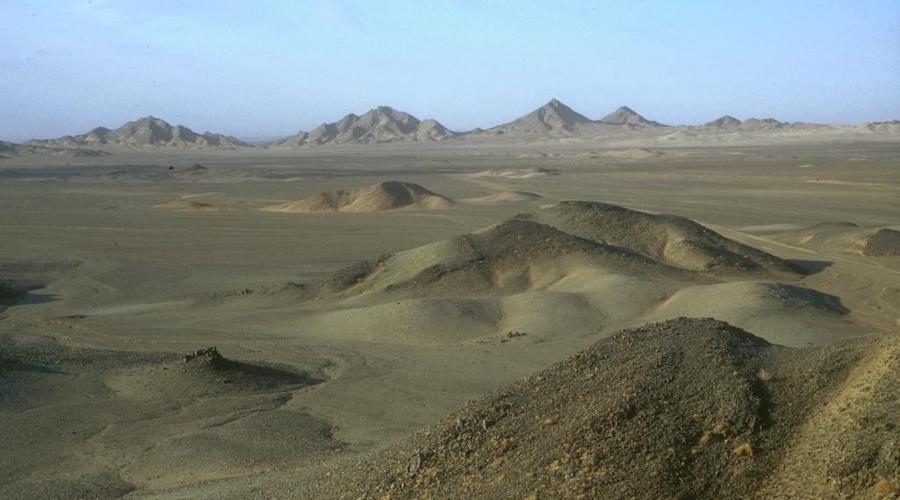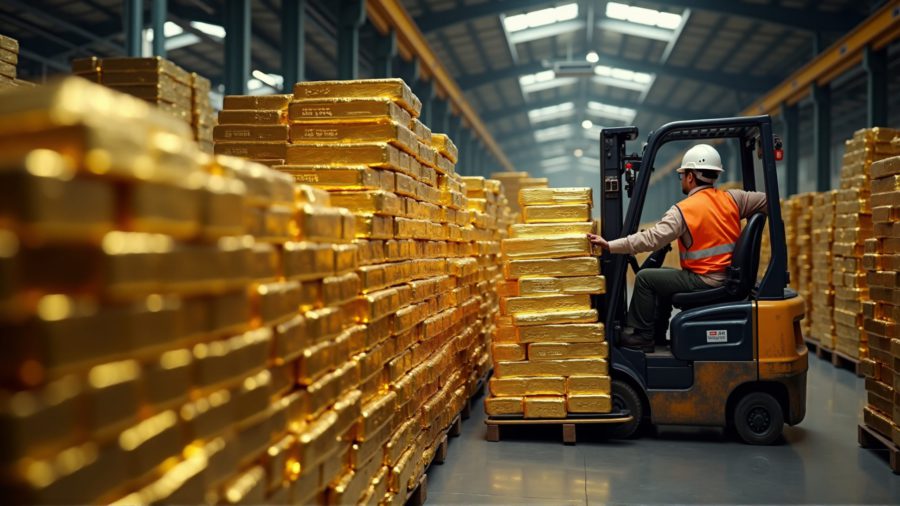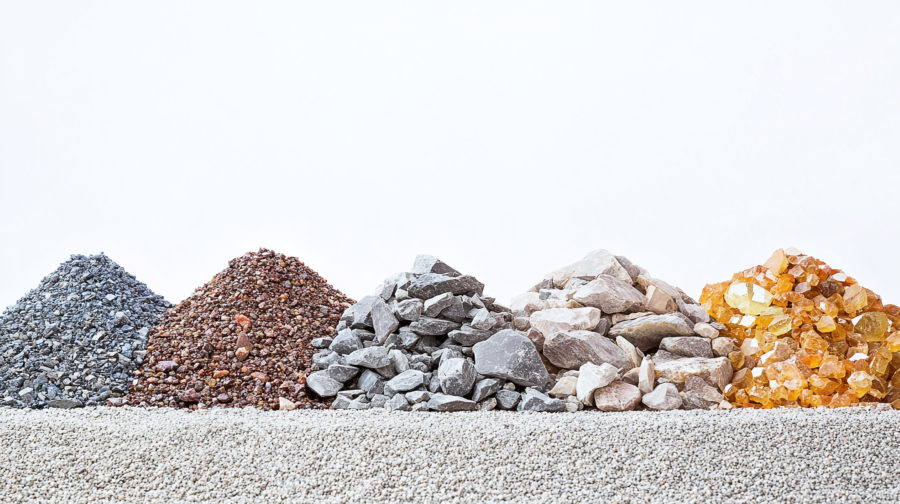Pakistan’s tycoons offer to take over former Barrick mine

Pakistan’s top business tycoons have offered to take over a disputed copper and gold deposit that was once explored by Barrick Gold Corp. and Antofagasta Plc, according to people familiar with the matter.
Reko Diq has the potential to produce 200,000 tonnes of copper and 250,000 ounces of gold a year for more than half a century
Officials at the provincial Balochistan government are said to have met with a consortium of four business groups including tycoons Arif Habib and Muhammad Ali Tabba who are willing to invest about $1 billion of their own cash in the project, the people said, asking not to be named because the discussions are private. The consortium is willing to go through a bidding process to take over the project, the people said. Pakistan’s provincial government spokesman didn’t respond to requests for comment.
An international tribunal run by the World Bank in July ordered Pakistan to pay $5.8 billion in damages to Barrick Gold and Antofagasta after the country denied them a license to develop the Reko Diq mine in 2011. Collecting the funds though may be a challenge, given Pakistan’s fragile economic state. The damages almost match the International Monetary Fund’s $6 billion bailout for Pakistan earlier this year to help the South Asian nation avert an economic crisis.
The provincial chief minister has expressed a preference for Pakistani companies to take over the mine, the Dawn newspaper reported earlier this month. The business groups that showed interest in the mining project are: Yunus Brothers Group that owns Lucky Cement Ltd., Arif Habib Group, Fatima Group and the owners of Liberty Power Tech Ltd., the people said. The four are being led by Shamsuddin Shaikh, who spearheaded a group of companies to mine coal from Pakistan’s Thar desert for the first time.
Reko Diq is one of the largest undeveloped copper and gold deposits in the world, capable of producing 200,000 tons of copper and 250,000 ounces of gold a year for more than half a century, according to a feasibility study before the dispute. The capital investment at the time would have exceeded $3 billion.
(By Faseeh Mangi)
More News
Gold that flowed into US in tariff bet now slowly trickles out
April 14, 2025 | 12:57 pm
PDAC video: Gabon’s Millennial Potash aims to become Africa’s first potash miner, CEO says
April 14, 2025 | 12:00 pm
{{ commodity.name }}
{{ post.title }}
{{ post.date }}




Comments